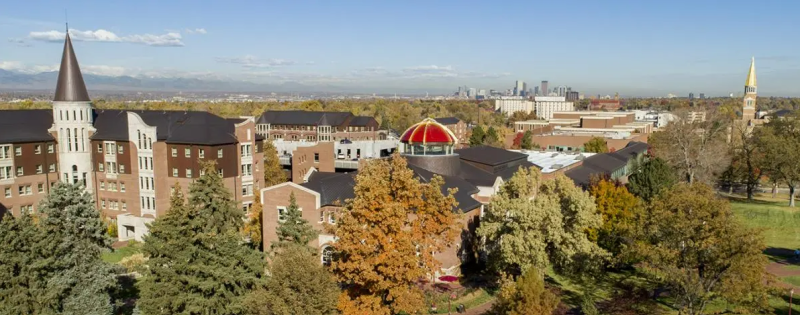Transforming Community Engagement
By: Katie Kleinhesselink, DU Grand Challenges Program Manager, CCESL; Kathleen Ferrick, Program Manager, CCESL

At CCESL, we talk about community engagement as a strategic approach to research, teaching, and service that addresses public problems through collaborative, mutually beneficial community partnerships. We believe that, done well, community engagement has transformative potential for faculty, students, communities, and even higher education institutions themselves. The problem, of course, is that those of us doing community-engaged often fall short. As a predominantly white faculty and staff in a predominantly white institution, the risk of harming communities and students of color when we fall short is real.
For decades, scholars of color have extensively interrogated and analyzed the oppressive nature of traditional service learning models (Cruz, 19901, 19942; Cruz & Giles, 2000; Mitchell & Donahue, 2012; Brewster, 2019). In 2012, Mitchell and Donahue coined the term ‘pedagogy of whiteness’ to describe the subtle and overt practices by which traditional service learning privileges the needs of white students and faculty over both students of color and community members.
What does a ‘pedagogy of whiteness’ look like in practice? Characteristics include a lack of meaningful engagement with race/racism, prioritization of white students’ emotional comfort at the expense of students of color, and avoidance of challenging (particularly white) students’ assumptions regarding perceived deficits of the communities with which they work. A faculty or staff member may have the best of intentions, but without attending carefully to these possibilities, community-engaged activities may reinforce white students’ internalized racial superiority. Likewise, the experiences of students and communities of color may be made invisible at best, and overtly tokenized and/or maligned at worst. Furthermore, all students are denied opportunities to think about the structural reasons for inequity, and ways to take action to support transformation of these conditions.
So, what can we do?
Faculty and staff—particularly white faculty and staff who use community-engaged methods in teaching, creative work, research, and programming should interpret this critique, at minimum, as an opportunity to critically reflect on how, why, and to what end they use this method.
Critical reflection is only the start, though. Next, we should follow the lead of the scholars who are actively centering racial equity in their community engagement work. Dr. Tania Mitchell (2007, 2008, 2015, 2020), for example, has written extensively about critical service learning and social justice leadership, pedagogies that center social change and leverage institutional resources to challenge oppressive structures/inequitable power relations between universities and communities. We must also listen carefully to the voices of those who are most affected by our decision to pursue community-engaged teaching and learning—namely folks who’ve been marginalized and minoritized. Transformative community engagement requires mutual benefit and reciprocity not just between universities and partner organizations, but among all who are involved.
References:
- Cruz, N. (1990). A challenge to the notion of service. Combining service and learning: A resource book for community and public service, 1, 321-323.
- Cruz, N. (1994). Diversity principles of good practice in combining service and learning. Service-Learning in Higher Education: Concepts and Practices.